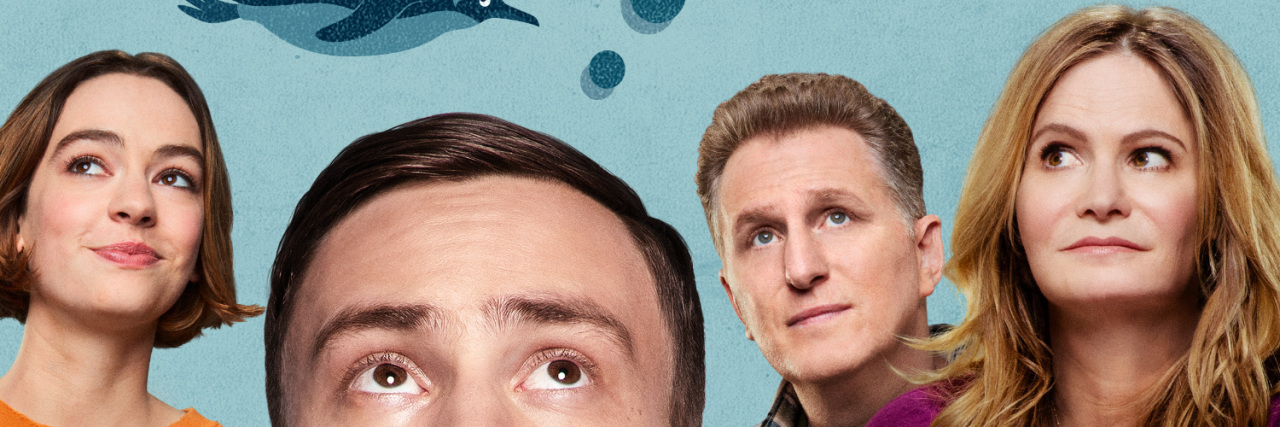Netflix recently premiered the first season of its new TV show “Atypical,” about a young man and his family dealing with his autism spectrum disorder. While the show is garnering favorable reviews from critics, it has been a very controversial topic in the autism community.
To start, the show doesn’t seem to have any autistic people working on it, on-screen or off-screen, with the exception of a supporting actor who appears in a handful of scenes. The show’s creator, Robia Rashid, touts her deep personal connection to someone with autism, and states that some crew members have autistic children. Rashid also highlights that she met with a professor from California State University, who had previously worked at UCLA’s Center for Autism Research and Treatment.
Autism advocates replied that this was not good enough. They insisted there needed to be more autistic people involved in the show in order for it to be correct. They felt that Netflix’s decision to audition autistic actors, but ultimately hire a neurotypical actor to play the lead autistic role, was wrong. And they declared that the last thing we needed in entertainment was another weird straight white male stereotype of “mild” autism.
After viewing the show myself, I have to say that there are some parts of “Atypical” that feel right. Sam’s social misunderstandings, his intense dedication to research, an incident in which he knew he was being made fun of but didn’t know why, how he likes to wear the same clothes every day (100 percent cotton, his “favorite percentage of cotton”). But there were other parts of the show I didn’t love, where it felt like we were being made to laugh at Sam’s odd behavior, at his own expense – like the scene where Sam tries and fails to utilize his noise-cancelling headphones on a coffee shop date. I also really disliked Sam’s mother, who was a stereotype of the tragic mom who unselfishly gives up her entire life to support her severely disabled child.
Overall, I enjoyed the series for being a funny family show, but the more I thought about it, the more I realized that the show was missing something. We were getting a lot of the external signs of autism, but not enough of the internal. When Sam was lying in bed after a disastrous first date, I knew he was obsessing over every little thing he had done wrong that night, because I have done that myself. When the soft touches of his date led to sensory overload and an outburst, I wanted to see more of the build-up – I wanted to hear him tell his therapist how much of a struggle it is, to weigh whether it’s better to suffer in silence and try to overcome what you’re feeling, or whether you should say something and make a fuss and risk ruining the moment. There is a lot going on in the head of an autistic person when they’re quiet. I wanted viewers to have the chance to hear more of it.
All of which is a long-winded way of saying that it now seems obvious to me that the show was envisioned and created by someone who knows someone with autism, perhaps very well, but it is definitely not the same show we would be getting with an autistic person, or several autistic people, working behind the scenes. This is why I hope Netflix takes the autistic community’s concerns to heart, and makes a concerted effort to hire autistic writers, and more autistic actors, for season two of the series. I also hope that they try to bring in a character with autism who is female, or a person of color, or someone who has multiple disabilities, because diverse representation in the media matters.
It matters for the same reason that Wonder Woman matters, that Uhura of “Star Trek” matters, that Titus from “The Unbreakable Kimmy Schmidt” matters: people need to see themselves represented in movies and TV. These representations open up the possibility of courageous women, of a black female astronaut, of a gay black man feeling secure in his own skin. We see pieces of ourselves in the world around us. If those representations are positive and true, they can help us to understand ourselves better. They can give meaning to our chaotic lives. They can make us feel less alone. They may even be the impetus for a diagnosis that can help explain a lifetime of social ineptitude.
And while it’s easy to cast a female or minority character in a role that may not have much of anything to do with their gender or race (like that of a doctor or a police officer), representing autism is so much more difficult. Autism is a web of characteristics, not a single, visually-defining feature. Hollywood might be starting off small, with straight white males, but it doesn’t mean representation has to stop there. We will get our multi-faceted autistic characters in time. But it will go much faster if autistic people are included in the process.
We want to hear your story. Become a Mighty contributor here.
Photo courtesy of Netflix.

